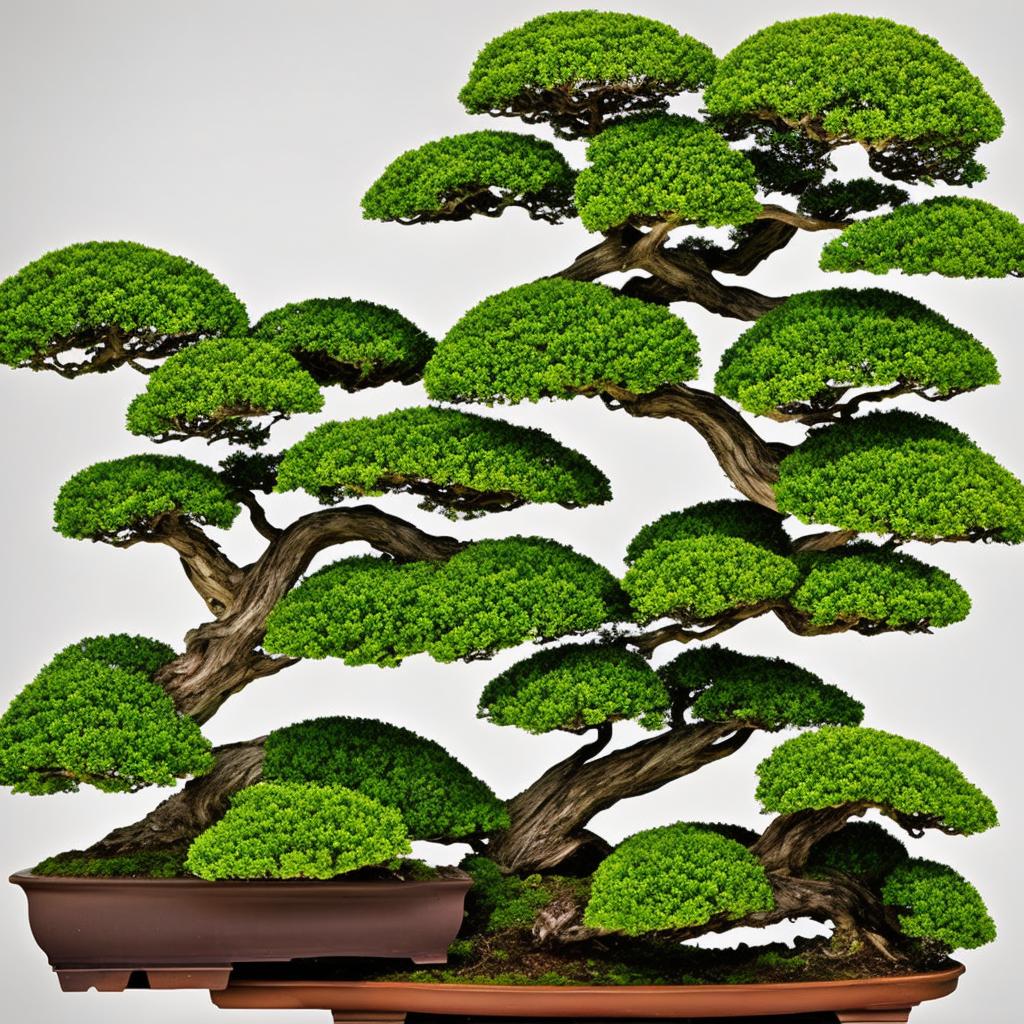In the meticulous world of bonsai cultivation, the ancient practice of pruning is an art form in itself. From delicate snips to strategic cuts, mastering the techniques and tools of bonsai pruning is essential for shaping these miniature masterpieces. Join us as we explore the intricacies of this time-honored tradition and learn how to unleash the full potential of your bonsai tree.
Key Principles of Bonsai Pruning
Bonsai pruning is an essential aspect of maintaining the miniature size and aesthetic appeal of these carefully cultivated trees. Understanding the is crucial for ensuring the health and growth of your plants. One key principle is structural pruning, which involves shaping the branches and trunk of the bonsai to create the desired silhouette and overall design. This type of pruning helps to maintain the balance and proportion of the tree, as well as emphasizing its unique characteristics.
Another important principle of bonsai pruning is thin and thick pruning, which involves removing excess growth to allow light and air to reach all parts of the tree. This type of pruning helps promote healthy growth and prevents the tree from becoming too dense. Additionally, thin and thick pruning can help create a sense of depth and perspective in the design of the bonsai, enhancing its overall beauty and visual impact.
Essential Tools for Precision Trimming
When it comes to precision trimming in the art of bonsai pruning, having the right tools is essential. Whether you are shaping your bonsai tree for aesthetic purposes or for its overall health, having the proper instruments can make all the difference. Below are some essential tools every bonsai enthusiast should have in their collection:
- Bonsai shears: These are your go-to tool for precision trimming. They are designed to make clean cuts without damaging the branches or leaves of your bonsai tree.
- Concave cutters: These specialized cutters are perfect for removing branches without leaving unsightly scars. They create a concave cut that promotes quicker healing.
- Wire cutters: When wiring your bonsai tree to shape it, wire cutters are a must. They allow you to easily remove the wire without damaging the branches.
By using the right tools and techniques, you can master the art of precision trimming in bonsai pruning. Remember to always clean and maintain your tools to ensure they stay sharp and effective. With practice and patience, you can create beautifully trimmed bonsai trees that will bring joy and tranquility to your space.
Tips for Shaping Bonsai Trees
When it comes to shaping bonsai trees, proper pruning techniques are essential to achieving the desired aesthetic. One key technique is pinching, which involves gently squeezing back new growth with your fingers to maintain the desired shape. This method is particularly effective for fine-tuning the overall appearance of your bonsai.
Another important technique is trimming, which involves using sharp scissors or shears to remove excess growth or branches that are disrupting the tree’s balance. Regular trimming can help promote healthy growth and maintain the tree’s compact shape. Additionally, using wire to gently bend and shape branches can help to create the desired silhouette for your bonsai tree.
Mastering the Art of Pruning Techniques
When it comes to bonsai pruning, mastering the right techniques and tools is essential for keeping these miniature trees in pristine condition. Utilizing the proper tools, such as sharp bonsai shears and concave cutters, is crucial for achieving clean cuts that promote healthy growth. By understanding the principles of pruning, including timing, angle, and technique, bonsai enthusiasts can ensure their trees thrive and flourish.
One key technique in bonsai pruning is the art of directional pruning, where branches are strategically trimmed to guide the tree’s growth in a desired direction. Another important aspect is crown pruning, which involves selectively removing foliage to maintain the tree’s shape and balance. Mastering these techniques requires patience, precision, and a deep appreciation for the art of bonsai cultivation.
In Retrospect
In conclusion, mastering the art of bonsai pruning is a delicate dance between skill, patience, and creativity. By learning proper techniques and utilizing the right tools, you can sculpt your bonsai tree into a living masterpiece that reflects your passion and dedication. So, next time you pick up your pruning shears, remember to approach the task with both reverence and precision. With practice and a keen eye, you’ll soon find yourself fully immersed in the art of bonsai pruning, shaping miniature worlds with your fingertips. Embrace the challenge and let your creativity flourish as you nurture and care for your bonsai tree. Happy pruning!




